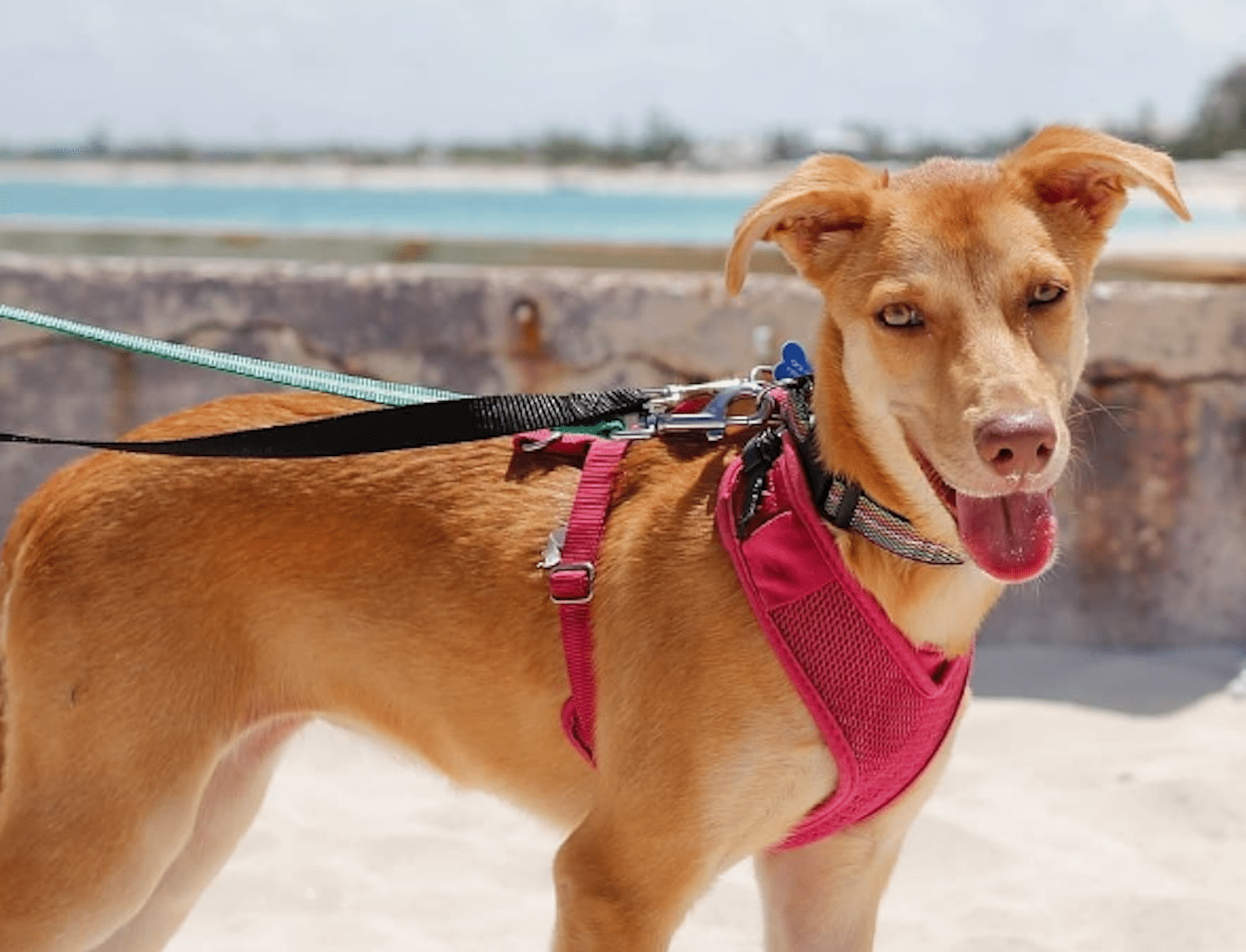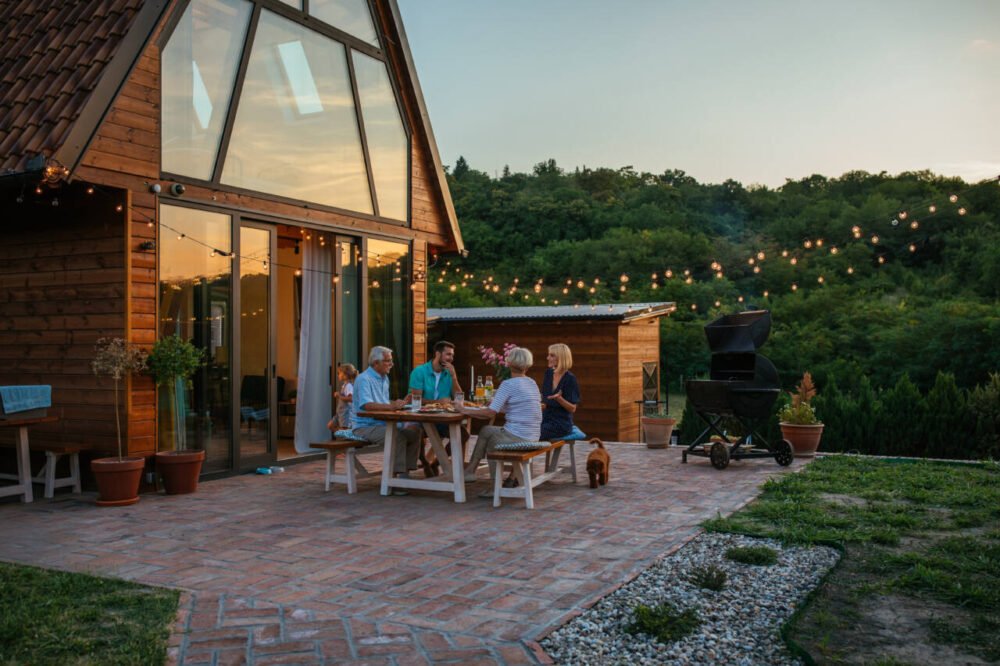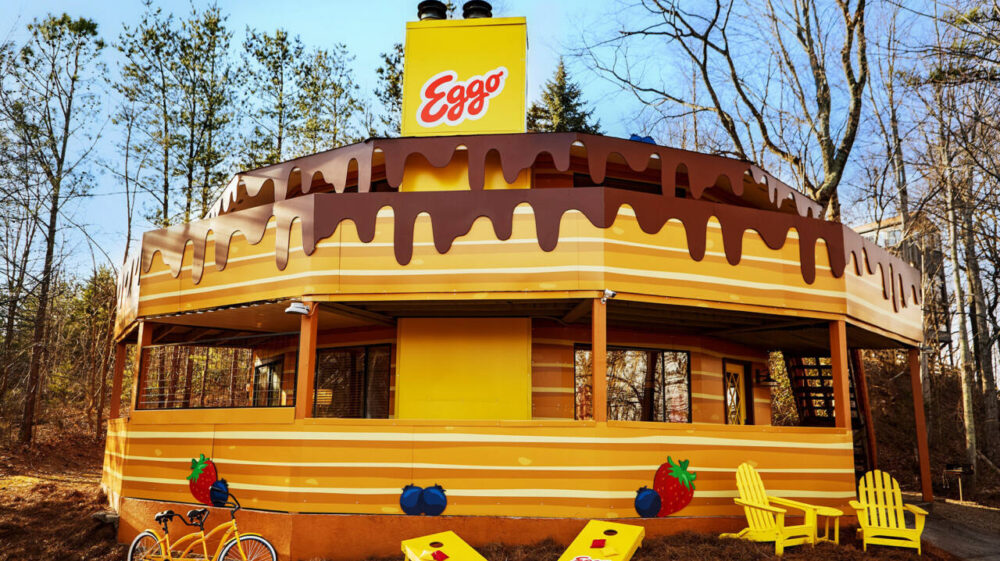You Can Walk Puppies On This Gorgeous Beach During Your Vacation
Wriggling puppies dart here and there on blindingly bright sand against a backdrop of almost impossibly turquoise water.
The combination is almost too much. Almost.
Puppies and paradise. Pure bliss.
And it’s tourists who are walking these ambassadors of cuteness along Grace Bay Beach in Providenciales, the Turks and Caicos’ gateway island and travel hub. These puppy “socialization walks” are designed for the dogs, but visitors seem to very much enjoy them too.
The pups are potcakes, a type of mixed-breed dog that lives in the Turks and Caicos and the Bahamas.
“They’re named after what the locals used to feed them. So what’s left in the pot at the end of cooking. The peas and rice that’s burnt on the bottom of the pot is scraped off and formed into a crab cake shape and thrown to the dogs,” said Jane Parker-Rauw, founder and director of Potcake Place, a charity devoted to finding good homes for puppies born on the streets of the Turks and Caicos Islands.
Genetically, they’re predominantly German shepherd, Labrador retriever and fox terrier, she said. There’s no exact number for how many stray dogs live across the islands, but a survey several years ago estimated close to 5,000 on Providenciales alone.
Beach Walks
About 500 puppies are adopted through Potcake Place each year, but many visitors have the opportunity to take pups on short walks without the big responsibility of taking one home.
“We want to point out it is not an excursion. It’s not a day trip like a pony trekking trip,” Parker-Rauw said.
All of the puppies are fostered in volunteers’ homes, so the outings are designed to help socialize the dogs after they have received two sets of vaccinations.
“Start getting it used to having a little collar on, a little harness, used to different people,” Parker-Rauw said. “So one day I want them out with a family with little kids. The next day, I want them out with a big guy.”
There’s no charge to walk a puppy, but lining up is likely. And there are no guarantees.
The first parties in line are allowed to take one puppy for a couple of hours, but the number of puppies that have had their shots and are ready to walk varies. There could be two or there could be 20 on any given day.
The Innaurato family of Stamford, Connecticut, learned to get there early. Last year they missed out on walking a puppy because they got to Potcake Place too late.
This year, Mike and Terri Innaurato and their daughter Sophia, 7, were first in line — at 8 a.m., two hours before the rescue opens. Puppy walking happens Monday through Saturday at 10 a.m.
They lined up a second time during their stay to take another pup out. The second time, they walked Tikka, a lively chestnut colored girl with floppy ears.
“Sophia is working on us to bring home a puppy. We’re not sure yet, we’ll see,” her father said.
Decreasing The Number Of Dogs
There was no puppy for Sophia this year, but Tikka did find a new home. The Jimmo family of Hinesburg, Vermont, took her home to 14 acres of land.
“We’ve walked her once before, and we kind of just fell in love with her,” said Sydney Jimmo, 16. “She has a great little spirit and is kinda all over the place but it kinda fits with our dogs at home.”
Potcake Place is careful about where the puppies are placed. The adoption application process typically involves calls to the prospective owner’s home veterinarian, possibly a chat with their landlord and some paperwork.
People are turned down or dissuaded from adopting more than half the time, Parker-Rauw said. “Because we wouldn’t do all of this if we didn’t care where they ended up, right?”
“It’s not like picking up a souvenir,” she said. “And we’d rather talk people out of adoption than into adoption.”
In addition to an encouraged donation to the organization, which relies on charitable contributions, there’s a $70 charge for the bag that’s used to carry the puppy on the plane. The airlines also charge the new owners a fee to bring the dogs into the cabin — usually between $100 and $200.
Fellow tourists can volunteer to escort adopted dogs home to their new owners, in cases when the dog is too young to leave at the same time. In those cases, the owner pays the dog’s airline fees and the courier has the pleasure of accompanying a puppy on a plane.
Sending 500 dogs a year to good homes is encouraging, but Parker-Rauw’s goal is to decrease the number of dogs born on the islands so that there’s no longer a need for her organization.
“It’s great for the 500, but it’s not the solution to the problem. And so we need to continue education and spaying and neutering, and stopping the dogs from coming in unless they’re spayed and neutered, and that’s been the long term goal at Potcake Place,” Parker-Rauw said.
The Plight Of Puppies
Staffed 100 percent by volunteers, the rescue organization has worked with the government to facilitate bringing volunteer veterinarians to the islands to spay and neuter older dogs. Otherwise the number of puppies just grows and grows.
Female dogs can have their first litter of puppies from seven months on. And young, healthy dogs can have 10 to 13 puppies in that first litter, Parker-Rauw said.
“So if six of those are female, seven months later they’re having 10. And if six of those are female, seven months later they’re having 10.” she said. “By taking those dogs out of the system, you see so many thousands that are not being born on the streets in the first place.”
Originally from England, Parker-Rauw stumbled into canine rescue work. She arrived in Turks and Caicos nearly 23 years ago on a one-year contract to open a resort spa, but she met her now ex-husband within a week of arriving and stayed.
The dogs on the streets and the steady arrival of puppies that would be euthanized bothered her, and she started to pick them up and adopt them out unofficially several years before Potcake Place became a registered shelter in 2004.
“There’s no need to put these little puppies down. Let’s adopt them out and let’s stop them being born in the first place,” she said. “And it all comes down to education, and that’s what we’re trying to do every day.”
About 99 percent of the dogs are adopted by people from the United States and Canada. Turks and Caicos is rabies free, so getting the dogs out is quite easy, Parker-Rauw said.
Beyond placing the puppies in good homes, the organization’s education and spaying and neutering efforts are paying off.
Parker-Rauw is finally seeing a big drop in the number of dogs on the streets. On this trajectory, she estimates the shelter won’t be needed in three to five years.
“For the first time in a long time, I have some hope that we are actually getting where we need to be,” she said. “No more homeless dogs.”
Written by Marnie Hunter for CNN.
The-CNN-Wire
™ & © 2018 Cable News Network, Inc., a Time Warner Company. All rights reserved.






